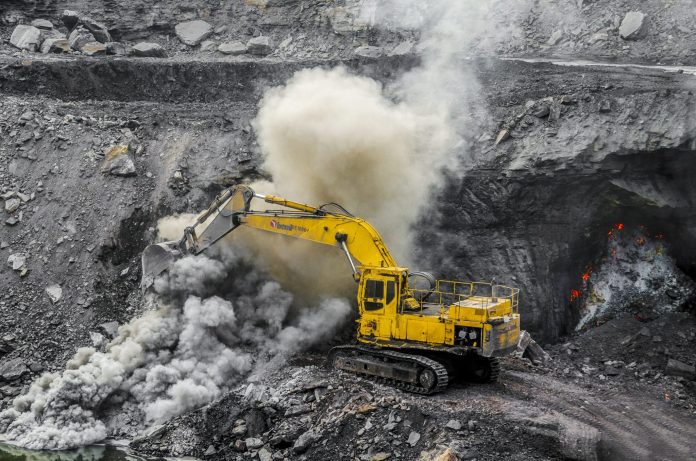The mining industry continues to recruit operators and vendors to deploy new industrial LTE and 5G networks on the promise of industrial change. Here is a summary of recently announced deployments.
1 | Minera Las Bambas, Peru
Minera Las Bambas in Peru, the ninth largest copper mine in the world, has appointed Telefónica and Nokia to deploy a private mobile broadband network and ‘digitise’ its operations.
Telefónica’s deal with Minera Las Bambas covers the design and build of a private LTE network at its site in Peru, which is 4,600 meters above sea level, plus a review of mining applications to be migrated on to the new network. The contract includes planning the site’s capacity and technical support for five years.
Nokia will provide base stations, technical support and training services, it said. The new network will allow Las Bambas to deploy additional safety solutions, including push-to-talk and push-to-video services, and reduce operating costs, compared with its old Tetra system, according to Nokia.
2 | Cannington Silver and Lead Mine, Australia
Telstra and Ericsson have a deal with Perth-based mining and metals company South32 to deploy “one of the largest underground mining LTE networks in the world”. The new private LTE network, using Ericsson network equipment and Telstra radio spectrum, will be built at South32’s Cannington mine in northwest Queensland, which produces silver, lead and zinc.
The Cannington mine will have its own equipment, SIM cards and unique network codes for full autonomy and complete control of the network, which will stand apart from public networks, including Telstra’s own. The design, as it stands, is for a 6.5-kilometre underground LTE network using a private, virtualised core, and radio technologies distributed over ‘leaky feeder’ cable using LTE-capable bi-directional amplifiers.
(Leaky feeder cables are like coaxial cables without the copper sheath; instead they have small gaps to allow a radio signal to get through and create a limited wireless network. They have been the default communications solution for mines, until now.)
The new private LTE network will drive improved safety, automation and mechanisation at the site and will connect staff to vehicles and sensors around the mine. The high throughput and low latency offered by the system means staff will be able to control critical equipment without interruption.
3 | Lihir gold mine, Papua New Guinea
Telstra has switched on a private LTE network at a gold mine in Papua New Guinea. The deployment at the Lihir gold mine, on Aniolam Island in the New Ireland Province of Papua New Guinea, will bring greater levels of safety, remote operation and automation, said the parties involved.
It is the first deployment of private LTE in Papua New Guinea. The site, located 900 kilometres north-east of Port Moresby, is owned and operated by Lihir Gold Limited, and managed by Melbourne-headquartered Newcrest Mining. Telstra Mining Services worked with Newcrest to design, test, and deploy the network.
Newcrest has been provided its own dual-frequency base stations, LTE core and SIM cards, with the network’s configuration and coverage designed and implemented to meet the Lihir’s safety strategy and long-term mine plan, said Telstra.
The solution also includes ‘HetNet’ functionality that allows the Newcrest vehicle fleet to seamlessly switch between LTE and existing Wi-Fi networks without impacting mining applications. Newcrest has installed new towers, data centres and redundant power systems across the site.
Trucks, drills, excavators, bulldozers, shovels and barges at the mine have been connected over LTE. Telstra and Newcrest claim “significant performance improvements” already in terms of reliability, speed and latency.

